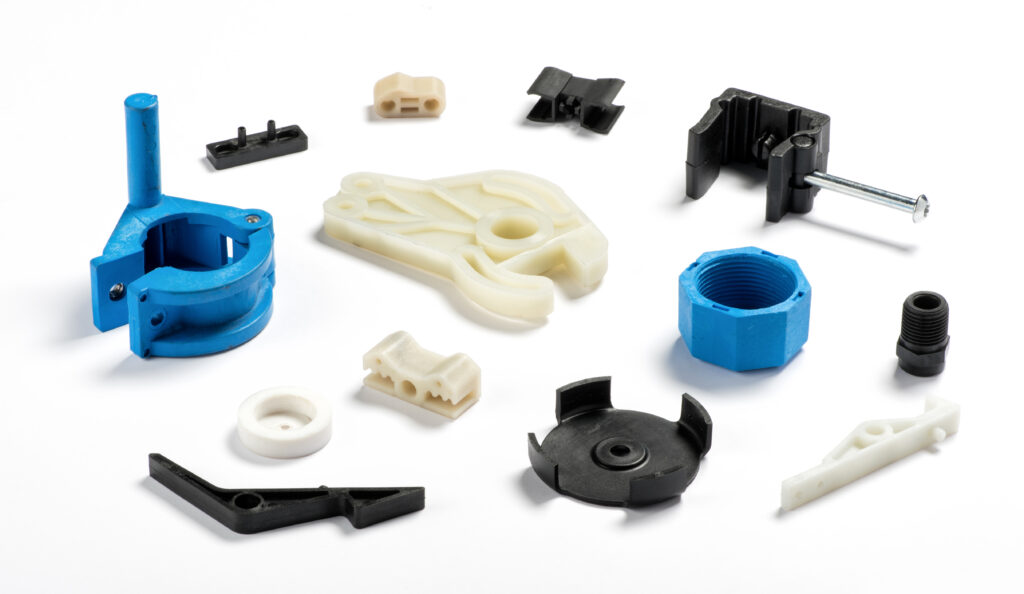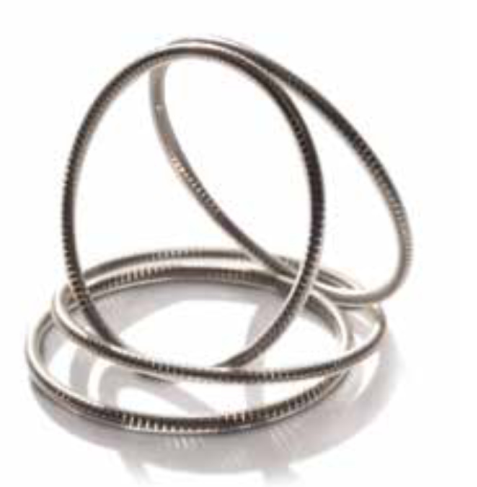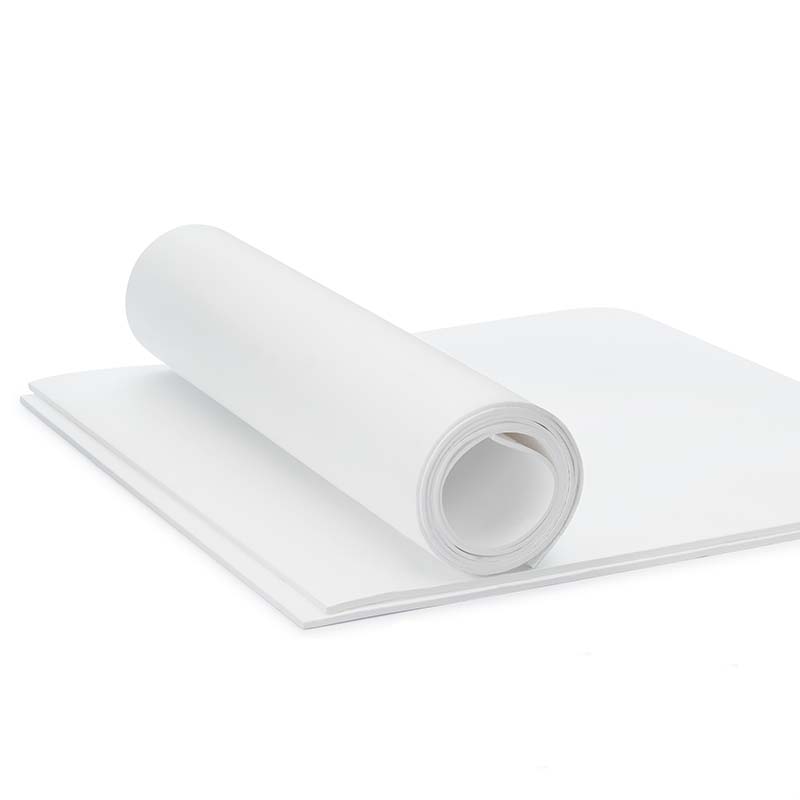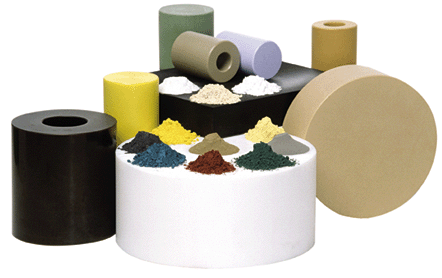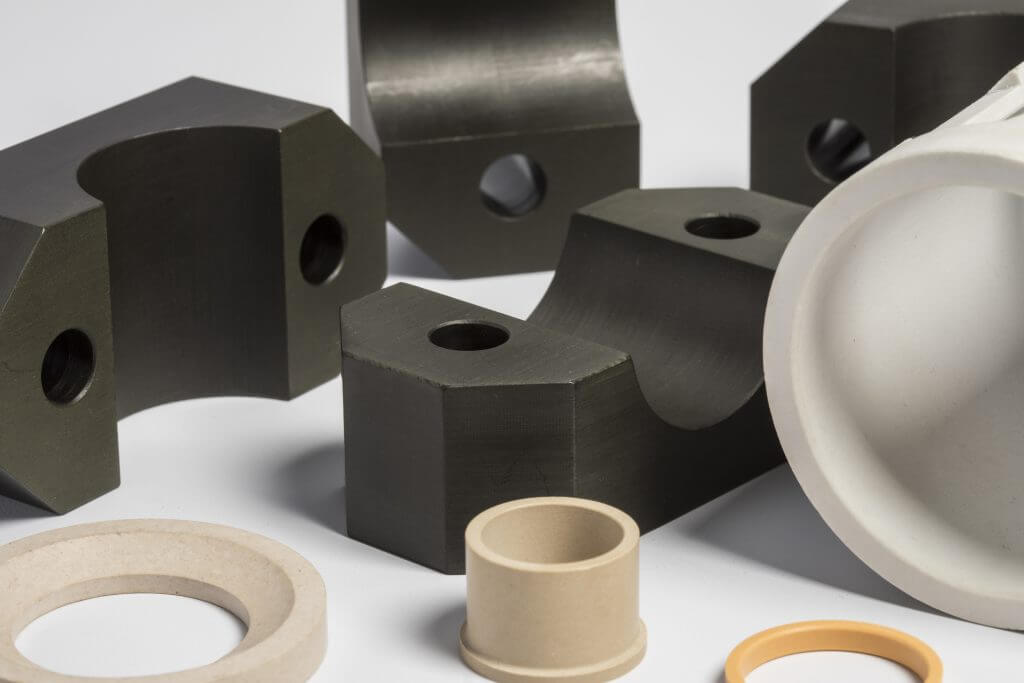Cryogenics, the science of dealing with extremely low temperatures, presents unique challenges due to the physical and chemical changes in materials under these conditions. One such challenge is sealing cryogenic liquids – a task that can be difficult due to alterations in material properties caused by frigid temperatures.
So, what makes this process so challenging? To answer this question, it’s essential first to understand how temperature affects matter at a molecular level.
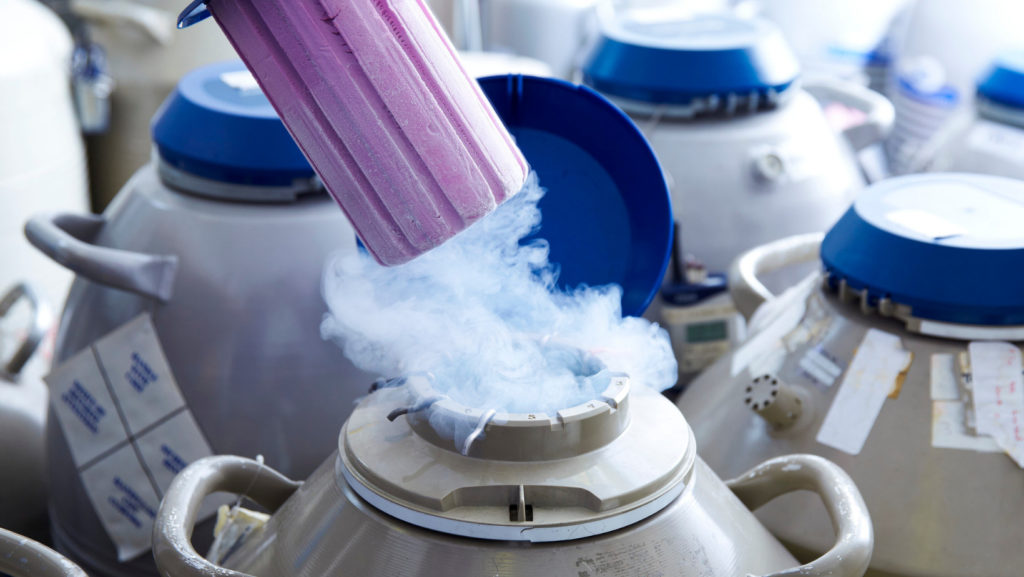
How Do Cryogenic Temperatures Affect Seals
Temperature measures the kinetic energy or motion of molecules within any given substance. As temperatures decrease, the movement or vibration of these molecules slows down significantly. This slowing effect on molecular motion can significantly change material characteristics and phase transitions.
Take water, for instance. At 0°C (32°F), water undergoes a critical phase transition from liquid to solid form – we know it as ice. This change affects not only its physical appearance but also its mechanical and thermal properties, such as hardness, thermal conductivity, and heat capacity.
However, beyond the freezing point lies an even colder realm known as cryogenics, which starts at about -150°C (-238°F). Herein lies another central turning point where substances experience further significant shifts in their properties unlike anything observed at higher temperatures.
At around -273°C (-459°F), known colloquially as ‘absolute zero,’ molecular movement ceases entirely, presenting new characteristics for materials exposed to this extreme condition. The Kelvin temperature scale was developed with absolute zero being 0K for scenarios where standard temperature scales become inadequate.
Understanding these dramatic transformations induced by frigid conditions is fundamental when working with cryogenic systems, especially when it comes to sealing cryogenic liquids, which are typically stored at very low temperatures, often near absolute zero, like liquid nitrogen (at -196°C) or liquid helium (at -269°C).
The Cryogenic Sealing Process
The sealing process in cryogenic systems is crucial to prevent leakage of these liquids, which could pose serious safety risks and operational inefficiencies. However, the extreme cold temperatures create challenges that make it difficult to achieve an effective seal.
First, materials commonly used for seals, such as elastomers, metals, and ceramics, often change properties dramatically under cryogenic conditions. For instance, most elastomers harden and lose their elasticity at very low temperatures, making them unable to provide a tight seal. Metals also become brittle, while ceramics may undergo dimensional changes due to thermal contraction.
Additionally, the phase changes that certain substances undergo at these extremely low temperatures can further complicate the sealing process. Sealing gaskets containing water or other substances that freeze could crack or break due to expansion during freezing, compromising the seal’s integrity.
Seal designs also need to consider possible pressure build-ups caused by evaporating cryogenics, which, if not correctly managed, might lead to catastrophic failures like explosions.
Furthermore, another challenge is presented by thermally induced stresses on seals caused by rapid temperature changes during system start-up or shut-down phases known as ‘thermal cycling.’ These stress cycles can lead to repeated flexing, which could eventually cause fatigue failure in seals over time.
Cryogenic Seal Technology
Materials science plays a vital role in overcoming these challenges by developing innovative materials capable of withstanding extreme cold without losing their sealing capabilities. Examples include composites from PTFE (polytetrafluoroethylene) filled with glass fibers or carbon-graphite-based compounds known for maintaining good mechanical strength and flexibility even under severe cold conditions.
In addition, advanced computational modeling techniques are being used extensively today for predicting how different materials will behave under various operating conditions, thus aiding in design optimization processes to minimize potential risks associated with handling cryogenic liquids.
Another important area where technology has made significant strides is non-destructive testing methods such as ultrasonic testing and magnetic particle inspection, which detect flaws or defects in seal materials that might lead to failure.
In conclusion, while sealing cryogenic liquids is a complex task fraught with numerous challenges due to changes in properties caused by freezing temperatures, continued advancements in science and technology offer promising solutions. Researchers are constantly pushing the boundaries of what’s possible in this fascinating realm of extreme cold, from developing new materials and improved seal designs to employing sophisticated predictive modeling techniques. The future of cryogenics seems bound to continue its trajectory of bringing about even more exciting discoveries and innovations.

